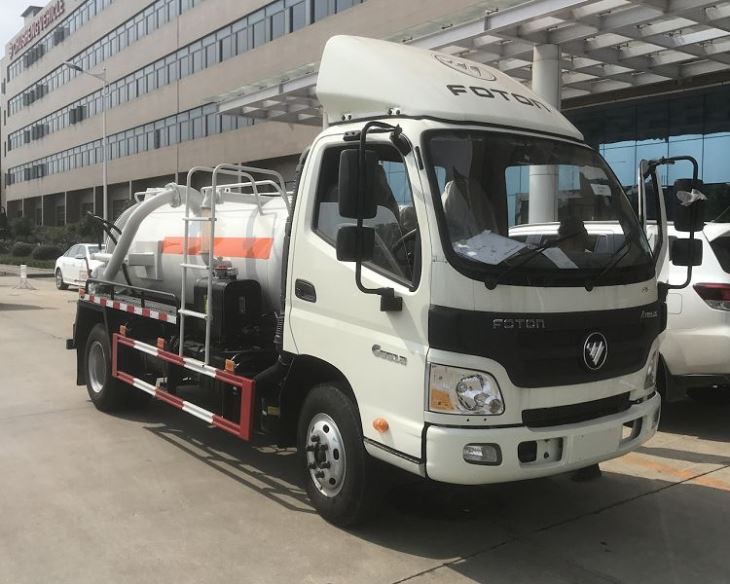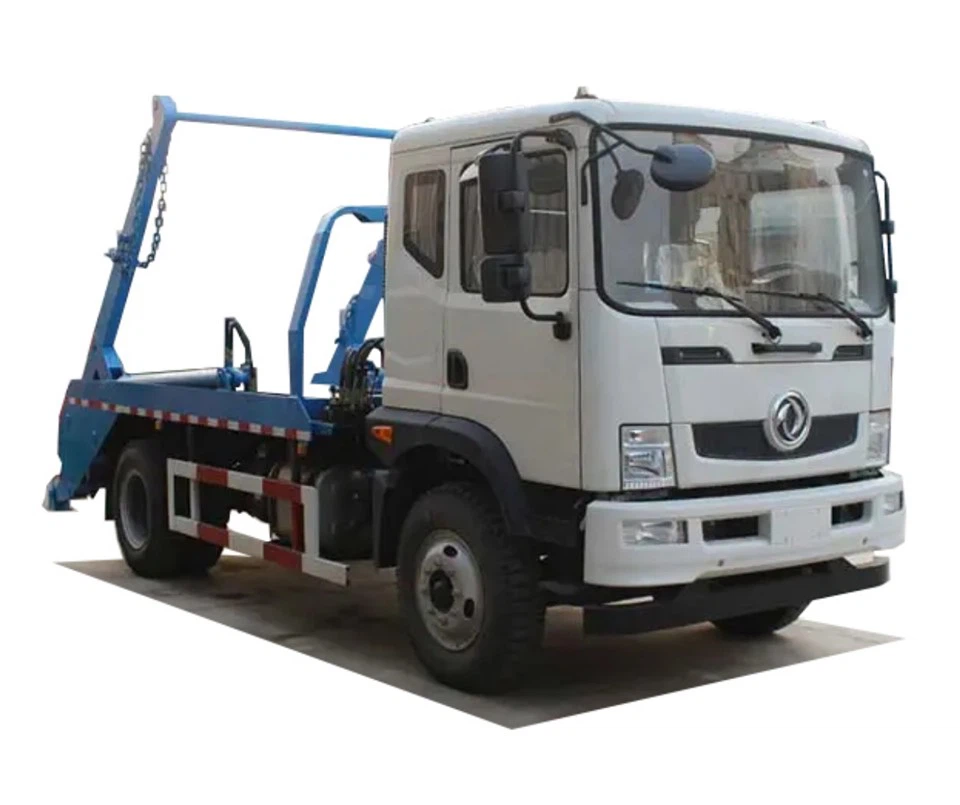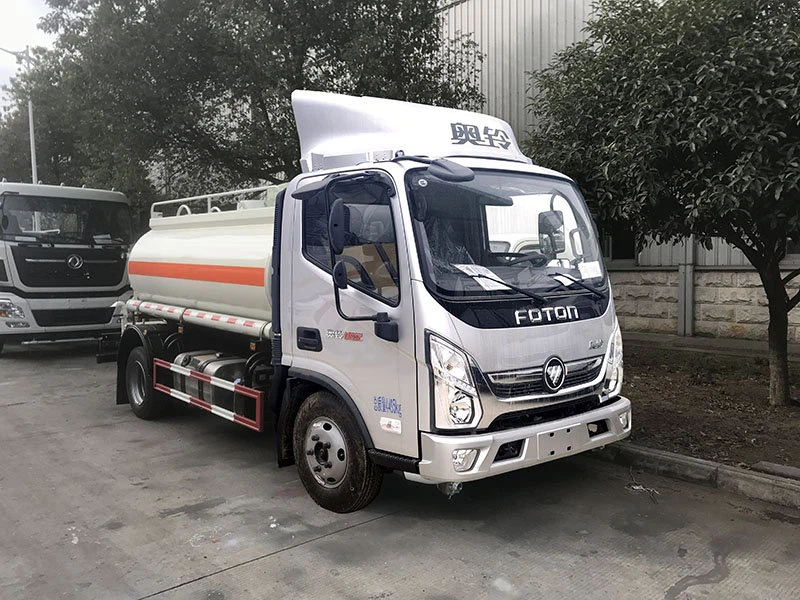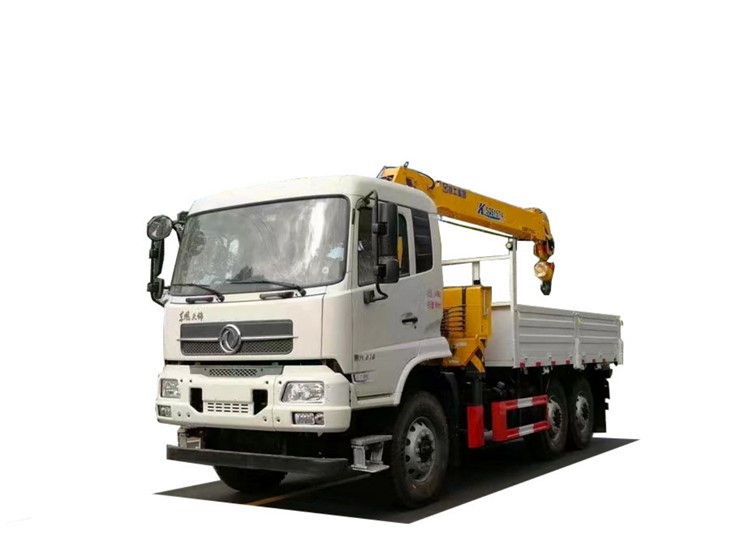Everything You Need to Know About ASL Trucks

Welcome to our comprehensive guide on ASL trucks. This article will delve into everything pertaining to ASL trucks, from their features, benefits, and types, to practical tips, maintenance, and usage. Whether you are considering purchasing an ASL truck, or merely curious about what they offer, you will find valuable insights tailored for readers at all levels of experience.
What is an ASL Truck?
ASL Truck, also known as Automatic Side Loader, is a specialized type of refuse collection vehicle designed for enhanced efficiency and safety in waste management. Unlike conventional garbage trucks, ASL trucks can autonomously lift and empty refuse bins from the side, reducing labor costs and risks associated with manual lifting.

Key Features of ASL Trucks
ASL trucks come with various key features that set them apart from traditional refuse collection vehicles.
- Automatic Loading System: ASL trucks are equipped with advanced hydraulic systems that facilitate the autonomous lifting and emptying of waste bins.
- Enhanced Driver Visibility: Many ASL designs offer an improved field of view for drivers, which promotes safety during operations.
- Compact Design: The compact design of ASL trucks allows them to navigate through tight spaces in urban environments more easily than larger vehicles.
- Environmental Considerations: Many ASL trucks are designed with fuel efficiency in mind or come with alternative fuel options, reducing their carbon footprint.
Types of ASL Trucks
ASL trucks can generally be classified into several types based on their design, configuration, and specialized uses.
Standard ASL Trucks
Standard ASL trucks are utilized for residential waste collection. They are built to handle standard refuse bins and come equipped with the feature set aimed at maximizing efficiency in urban areas.
Heavy-Duty ASL Trucks
Heavy-duty ASL trucks are designed for commercial applications. They can manage larger waste containers and are typically constructed to endure rigorous usage over longer durations.
Compact ASL Trucks
Compact ASL trucks are specially engineered for narrow streets and crowded urban centers. They maintain the benefits of standard ASL trucks but in a smaller, more maneuverable package.
Specialized ASL Trucks
Some ASL trucks are tailored for specific industries like food waste collection, recyclables, or hazardous materials, providing unique adaptations for those particular applications.
The Benefits of ASL Trucks
Investing in an ASL truck brings numerous advantages, both for waste management companies and municipalities.
Cost Efficiency
By automating the refuse collection process, ASL trucks significantly reduce labor costs. The need for manual lifting is minimized, which leads to lower operational expenses.
Improved Safety
ASL trucks reduce the physical hazards associated with waste collection jobs. Workers spend less time outside the vehicle and are protected by the truck’s structure while performing their tasks.
Increased Productivity
The efficiency of ASL trucks means that waste can be collected more quickly and effectively. This leads to a faster overall collection cycle, which can increase the number of households serviced in a day.
Environmental Impact
ASL trucks often incorporate modern fuel technologies that help mitigate the environmental impact associated with refuse collection. Their efficiency also helps reduce greenhouse gas emissions.
How to Choose the Right ASL Truck
Choosing the right ASL truck involves considering various factors to ensure you meet your operational needs.
Understand Your Waste Collection Needs
Evaluate the types of waste you will primarily be collecting (residential, commercial, hazardous, etc.) to inform your choice of truck.
Consider Size and Maneuverability
Pay attention to the width and length of roads in your service areas. Compact ASL trucks might be necessary for narrow urban streets.
Evaluate Budget and Financing Options
Determine your budget and consider financing options, including leasing or purchasing. Comparing costs across different models will help you make an informed decision.
Maintenance of ASL Trucks
To prolong the life of your ASL truck, regular maintenance is crucial. Here are some maintenance tips:

Regular Inspections
Frequent inspections can identify issues before they become significant problems. Check brakes, hydraulics, and lifting mechanisms regularly.
Lubrication
Ensure all moving parts are correctly lubricated. Regular lubrication helps to maintain efficiency and reduce wear and tear.
Engine Maintenance
Regularly check engine oil levels and change the oil as recommended by the manufacturer. Routine engine maintenance prevents costly repairs down the line.
Cleanliness
Keep the exterior and interior of the truck clean. A clean vehicle is not only more presentable but can also prevent rust and corrosion.
Practical Examples of ASL Truck Usage
Understanding practical applications of ASL trucks can clarify their efficiency and versatility.

Residential Waste Collection
Many municipalities deploy ASL trucks for standard residential waste pickup, where bins are positioned along streets. The trucks navigate narrow routes, allowing for efficient collection.
Commercial Waste Collection
In commercial settings, heavy-duty ASL trucks are used to collect larger waste containers from businesses. These trucks handle high volumes of waste effectively and quickly.
Recycling Initiatives
Using specialized ASL trucks for recycling collection fosters efficient processing, allowing municipalities to increase recycling rates and promote environmental sustainability.
FAQs About ASL Trucks
1. How does the loading mechanism of ASL trucks work?
The automatic loading mechanism uses hydraulics to lift, tip, and empty waste bins into the truck’s interior, operated by the driver from inside the cab.
2. Are ASL trucks safe for use in urban environments?
Yes, ASL trucks are designed with safety in mind, including enhanced visibility for drivers and features that minimize the need for workers to exit the vehicle.
3. Can ASL trucks handle hazardous materials?
Yes, some ASL trucks are specifically designed for hazardous materials, ensuring the safe and compliant collection of such waste.
4. What is the average lifespan of an ASL truck?
With proper maintenance, ASL trucks can last upwards of 10-15 years, depending on usage and care.
5. How do ASL trucks compare to traditional garbage trucks?
ASL trucks offer several advantages over traditional garbage trucks, including reduced labor costs, increased safety, and greater collection efficiency.
6. Are there training programs for operating ASL trucks?
Yes, there are specialized training programs that focus on the operation of ASL trucks. These programs ensure that drivers are well-prepared to handle the specifics of the vehicle’s technology.
